Listed here are some books on the topics of Ukraine and/or its history with Russia. Smiley Library has the first three books listed available for check out:
The Ukrainians : Unexpected Nation, by Andrew Wilson
Red Famine: Stalin’s War on Ukraine, by Anne Applebaum
Bloodlands: Europe Between Hitler and Stalin, by Timothy Snyder
Ukraine and Russia: From Civilized Divorce to Uncivil War, by Paul D’Anieri
The Conflict in Ukraine: What Everyone Needs to Know, by Serhy Yekelchyk
Ukraine’s Nuclear Disarmament: A History, by Yuri Kostenko
Ukraine in Histories and Stories: Essays, by Ukrainian Intellectuals (Ukrainian Voices)
The Orphanage: A Novel, by Serhiy Zhadan
Through Times of Trouble: Conflict in Southeastern Ukraine Explained, by Anna Matveeva
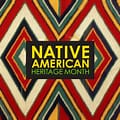 Besides checking out our items, you may also want to explore online the Library of Congress “
Besides checking out our items, you may also want to explore online the Library of Congress “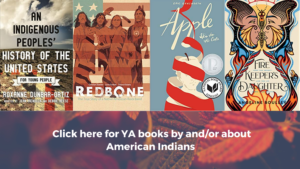
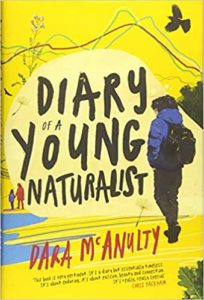 Dara McAnulty would ask each of us, however, to be that someone else and to attempt to find at least some small way to aid in ‘figuring it out.’ He too is burdened with the static of the world around us, but to a degree many of us have not experienced. Dara is an Irish teenager, environmental activist, and author of
Dara McAnulty would ask each of us, however, to be that someone else and to attempt to find at least some small way to aid in ‘figuring it out.’ He too is burdened with the static of the world around us, but to a degree many of us have not experienced. Dara is an Irish teenager, environmental activist, and author of  Here then is one way we can foray into our own activism, aiding biodiversity and providing for our pollinator friends, which also include birds, bats, butterflies, moths, flies, beetles, wasps, small mammals, and most importantly, the bees, especially the prolific Native Bee. Many of these populations are in decline, which
Here then is one way we can foray into our own activism, aiding biodiversity and providing for our pollinator friends, which also include birds, bats, butterflies, moths, flies, beetles, wasps, small mammals, and most importantly, the bees, especially the prolific Native Bee. Many of these populations are in decline, which  Besides the titles listed here, Smiley Library holds many more books on various topics concerning the natural world and the needs of the environment. Come explore the Library (or ask a librarian–we love to be of service!), or search our
Besides the titles listed here, Smiley Library holds many more books on various topics concerning the natural world and the needs of the environment. Come explore the Library (or ask a librarian–we love to be of service!), or search our 
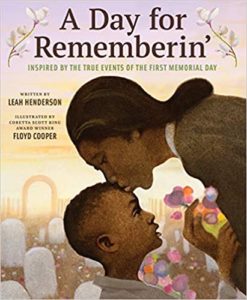 “
“ The War Between the States is featured in another new addition to the Library, “
The War Between the States is featured in another new addition to the Library, “ From bestselling novelist James Patterson is the non-fiction volume, “
From bestselling novelist James Patterson is the non-fiction volume, “ “
“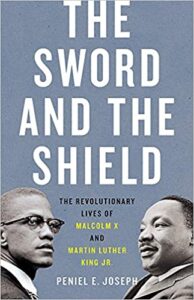 Over half a century later, the legacies of Dr. King, and those of his contemporaries of the civil rights era, continue to inspire us. This recently published scholarship is one example: “
Over half a century later, the legacies of Dr. King, and those of his contemporaries of the civil rights era, continue to inspire us. This recently published scholarship is one example: “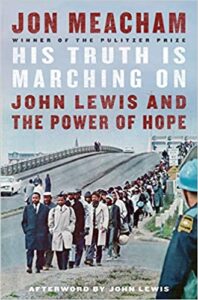 A young contemporary of Dr. King’s, Congressman John Lewis of Georgia’s fifth district, who died last summer after serving 33 years in the House of Representatives, saw King as one of his teachers in the practice of nonviolence in his civil rights work. A biography of Lewis by Jon Meacham, published in 2020, “
A young contemporary of Dr. King’s, Congressman John Lewis of Georgia’s fifth district, who died last summer after serving 33 years in the House of Representatives, saw King as one of his teachers in the practice of nonviolence in his civil rights work. A biography of Lewis by Jon Meacham, published in 2020, “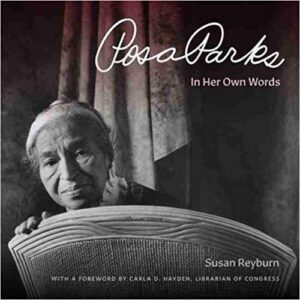 Both Lewis and King were contemporaries of Rosa Parks who, with her refusal to give up her seat on a Montgomery, Ala. bus in 1955, has become an international icon of resistance to racial segregation. She collaborated with civil rights leaders, including King, and her one act of resistance led to the bus boycott by Montgomery’s Black community. Continuing for over a year, the boycott eventually lead to the federal court decision which deemed bus segregation as unconstitutional. “
Both Lewis and King were contemporaries of Rosa Parks who, with her refusal to give up her seat on a Montgomery, Ala. bus in 1955, has become an international icon of resistance to racial segregation. She collaborated with civil rights leaders, including King, and her one act of resistance led to the bus boycott by Montgomery’s Black community. Continuing for over a year, the boycott eventually lead to the federal court decision which deemed bus segregation as unconstitutional. “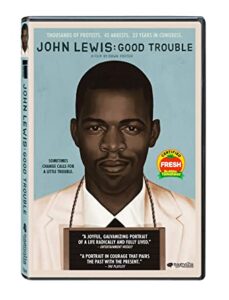
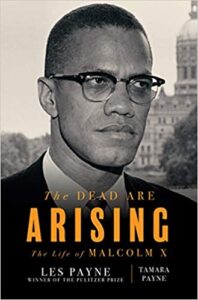 If the subject of the civil rights movement and these titles interest you, you may want to investigate another biography of Malcolm X currently out, “
If the subject of the civil rights movement and these titles interest you, you may want to investigate another biography of Malcolm X currently out, “